Description
It was the perfect proof that clarity is everything. An explanation isn’t good if it only makes sense in your head. The real skill is breaking it down so anyone can follow.
Why Most Explanations Fall Short (And How to Fix Them)
The biggest hurdle for young writers is the “Curse of Knowledge.” They know the topic so well they skip steps. Our worksheet fixes this with a Sequential Scaffolding Method that makes them think like beginners.
- Audience Awareness: Define who you are explaining to.
- Step-by-Step Deconstruction: Break a complex topic into numbered steps.
- Detail and Definition: Add crucial details and define terms.
- Transition Practice: Use words like First, Next, Then, Finally.
What’s Inside This Step-by-Step Explanation Toolkit?
Part 1: Choose Your Topic
- Explain how to overcome a fear.
- Explain how to make a new friend.
- Explain how a game character moves to the next level.
- Explain how to find a theme in a story.
Part 2: Map It Out
- Audience: Who are you writing for?
- Key Vocabulary: List 3–5 important words.
- The Steps: Numbered boxes for each step.
- Details: Add examples or definitions under each step.
Part 3: Write Your Explanation! Connect steps into full sentences with smooth transitions.
How To Use This Worksheet
- Act It Out: Perform the process while narrating it.
- Clarity Game: Test if instructions can be followed exactly.
- Focus on Transitions: Use sequence words for flow.
- Praise the Process: A solid outline is 90% of the work.
Call to Action: Click ‘Add to Cart’ to download the Explanatory Prompt Worksheet and help your student master clear explanations.
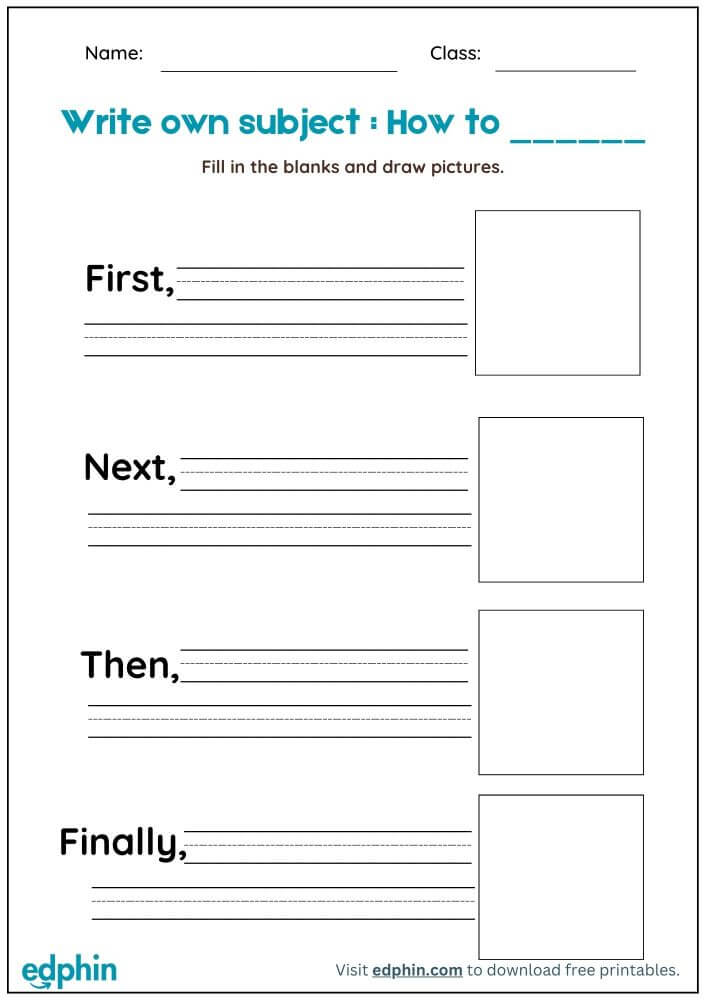
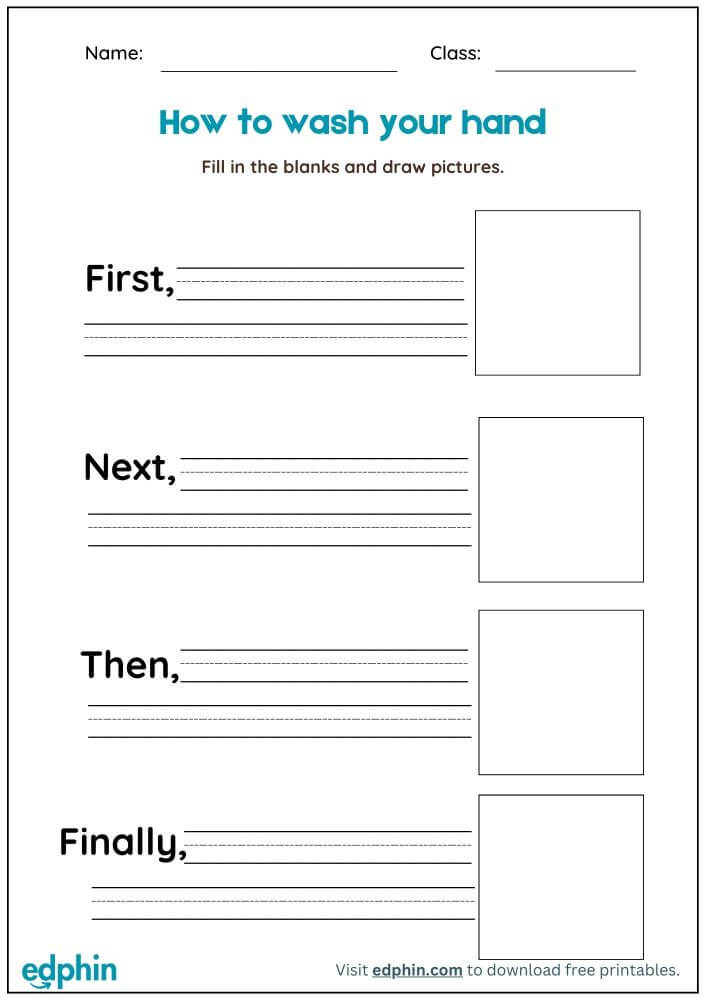
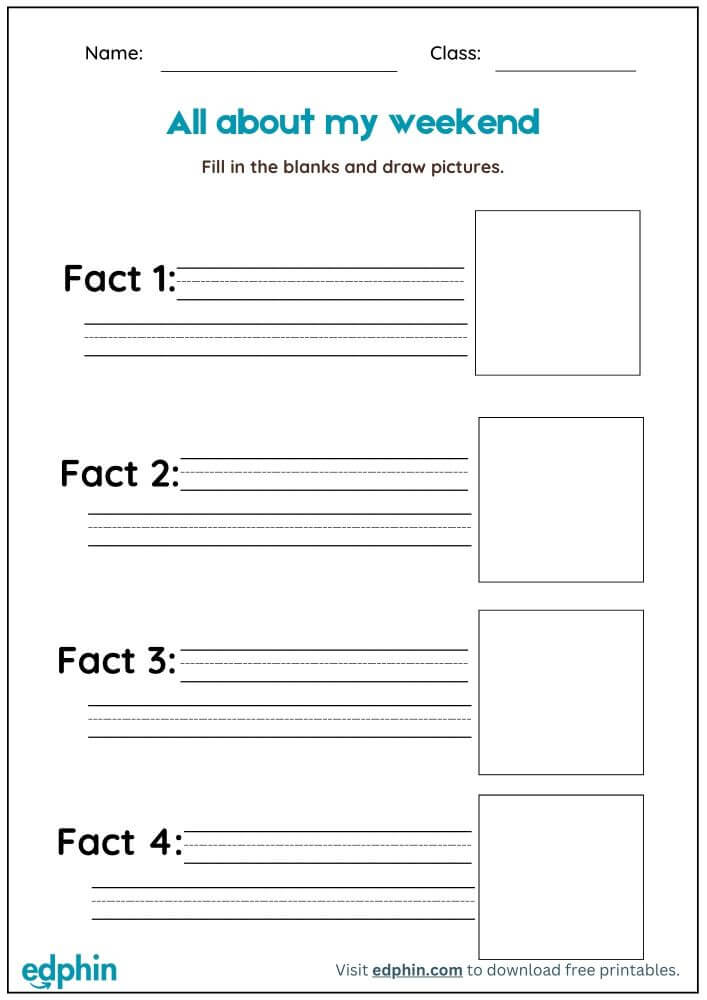
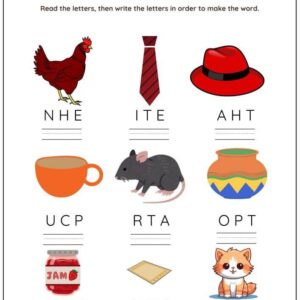
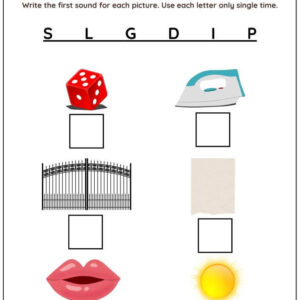
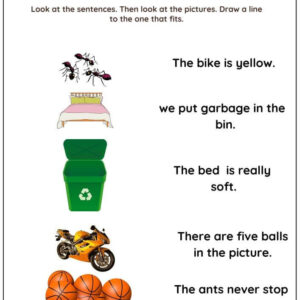
Reviews
There are no reviews yet.